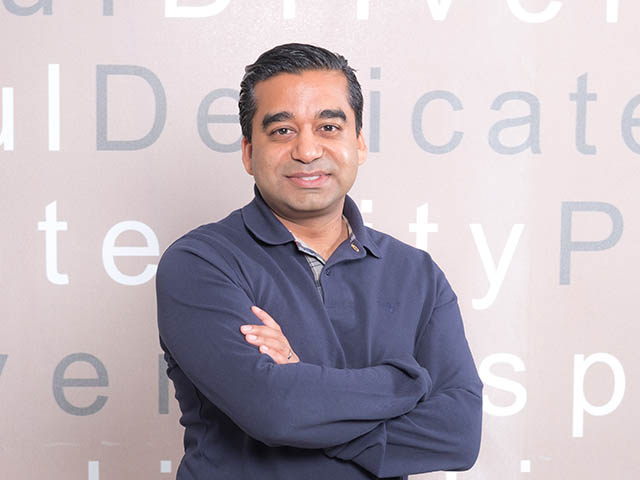Microsoft Dynamics - Are you ready for a new world? Part 1
By Ryan Noik 5 December 2017 | Categories: feature articles
It has been pointed out numerous times that the only constant in life is change. Cliché as it may be, this also happens to be true, particularly now, with the world and many industries, in flux. Examining the changes that are shaping the world is not just pertinent, it may well be essential. Thus, how technology has changed, is changing and will change the world in the years ahead was the topic of Microsoft’s recent digital dialogues session held in Bryanston.

The longer view
To start with, Kethan Parbhoo, the chief marketing operations officer at Microsoft South Africa, pointed out that 20 years ago, in 1997, the top five companies by market capitalisation were consumer brands. At that time, how information would be captured and shared was considered the forward thinking topic of the times.
Ten years later, it was concerns about energy that were driving market capitalisation, in the midst of man made wars and natural disasters. Thus, the top five companies were largely in the field of energy, with GE, Exxon and Total featuring prominently, accompanied by Microsoft and Citibank.
Fast forward to 2017 and the top five companies by market capitalisation are without exception tech brands, the likes of Alphabet (Google), Apple, Microsoft, Amazon and Facebook.
Parbhoo explained that this shift indicates that in today’s world, the market anticipates people creating wealth based on the promise of the future. Leading the charge in this regard is the often explored topic of digital transformation.
Shifting interactions
Not only does the promise of the future as a prime motivator herald an era where consumers are in charge of their own destiny, according to Parbhoo, it also marks a time in which the way users interact with large companies is completely different. “No longer do brands dictate what products and services people will receive, they are telling us what they need, and the top companies are those that can, and do, respond accordingly,” he elaborated.
Parbhoo continued that in looking to the future and where technology is going, it was valuable to consider the computing model itself. He explained that in the 1980s computing power was constrained to bureau centres, accessible to the reserved few. This changed in the 1990, where PCs came onto the market. These were mainly used for low intensity tasks such as budgeting and accounting, creating documents or doing homework.
By 2010 the burst of mobile technology and what people do with it, along with access to broadband and the pervasiveness of smart devices, led to the democratised usage of apps, which in turn engendered a far better understanding of technology by the masses.
The question becomes, what’s next for computing and for the technology it drives? That is a topic that is more deeply unwrapped in Part 2.
Most Read Articles

Have Your Say
What new tech or developments are you most anticipating this year?



